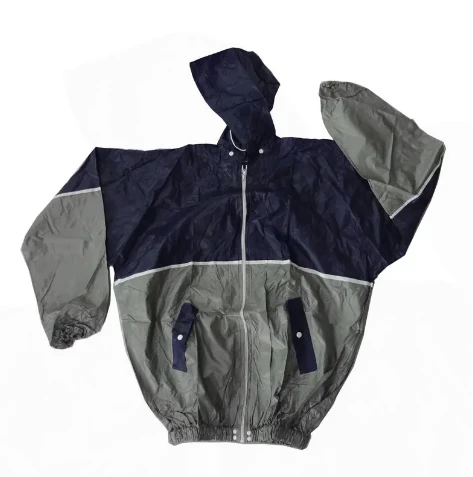Dek . 04, 2024 17:18 Back to list
apron
The Versatile Apron More Than Just a Kitchen Essential
The apron, a seemingly simple garment, has a rich history and plays a significant role in various aspects of daily life, especially in culinary contexts. While most commonly associated with cooking and baking, the apron possesses versatility that extends far beyond the kitchen. From protecting clothing to serving as a functional accessory in crafts and gardening, the apron has earned its place as an indispensable item in many households.
Historically, aprons date back to ancient civilizations. The word apron itself comes from the Middle English term napron, a derivation of the French naperon, which means a small cloth. Initially, they were worn as a protective layer to keep clothing clean and were often made from durable materials. Over time, their design evolved to cater to the needs of various tasks, leading to the myriad styles we see today.
In the kitchen, the apron is a chef's trusty companion. Whether it’s a home cook preparing a family meal or a professional chef creating culinary masterpieces, the apron acts as a shield against spills and splatters. Featuring pockets, many aprons allow cooks to keep essential tools like spoons, thermometers, and recipe cards within easy reach. This practicality brings a level of comfort and efficiency, especially during busy cooking sessions. The symbolic element of wearing an apron transforms the kitchen into a creative sanctuary where flavors blend and culinary magic happens.
The role of aprons extends beyond the kitchen, into the realms of crafting and gardening. Crafters appreciate the apron for its storage capabilities; it can hold paintbrushes, scissors, and other tools, minimizing the clutter on tables and work surfaces. Gardeners similarly use aprons to carry small tools, seeds, and gloves, providing ease in transitioning from one task to another. This multifunctionality highlights the apron’s adaptability, making it a favorite among DIY enthusiasts and hobbyists.
apron

Furthermore, aprons are often a canvas for personal expression. Available in an array of fabrics, colors, and patterns, they can reflect individual personality and style. Customizable options allow for unique designs, be it humorous quotes, intricate patterns, or even a family logo. When donned, an apron can evoke feelings of warmth, creativity, and a sense of belonging—qualities often associated with the home environment.
Culturally, aprons have significant value, symbolizing hospitality and care. In many cultures, the act of preparing food is a deeply cherished tradition, and the apron is often seen as a badge of honor for those who nurture others through cooking. The sight of a loved one in an apron can evoke memories of shared meals, celebrations, and family gatherings, reinforcing the apron’s association with community and warmth.
As society evolves, so too does the role of the apron. In recent years, there has been a resurgence of interest in cooking and artisanal crafts, leading to a renaissance of apron styles that blend functionality with fashion. Modern designers have embraced this trend, creating aprons that are both stylish and practical. This evolution demonstrates that the apron is not simply a relic of the past, but a contemporary accessory that continues to adapt to the needs of today’s lifestyle.
In conclusion, the apron is more than just a piece of clothing; it is a versatile tool that enhances creativity, nurtures relationships, and protects us from the mess of our daily endeavors. Whether in the kitchen, at a craft table, or tending to the garden, the apron remains an essential garment that supports and celebrates the myriad roles we play in our lives. Its enduring presence is a testament to its practicality and the fond memories it helps to create.
-
100% Waterproof PVC/PEVA Kids Poncho | Hoodie Rain Wear
NewsAug.21,2025
-
PVC/PEVA Sleeves: Durable Protection for Workshop & Labour Safety
NewsAug.19,2025
-
Waterproof Kid Apron with Sleeves: PEVA/PVC for Painting Fun!
NewsAug.18,2025
-
36x90" Double Zipper Post Mortem Bag - Secure & Reliable
NewsAug.17,2025
-
Waterproof PVC/Vinyl Work Apron - Heavy-Duty Protection
NewsAug.16,2025
-
Heavy Duty Post Mortem Bag - 36x90, Double Zipper
NewsAug.15,2025





